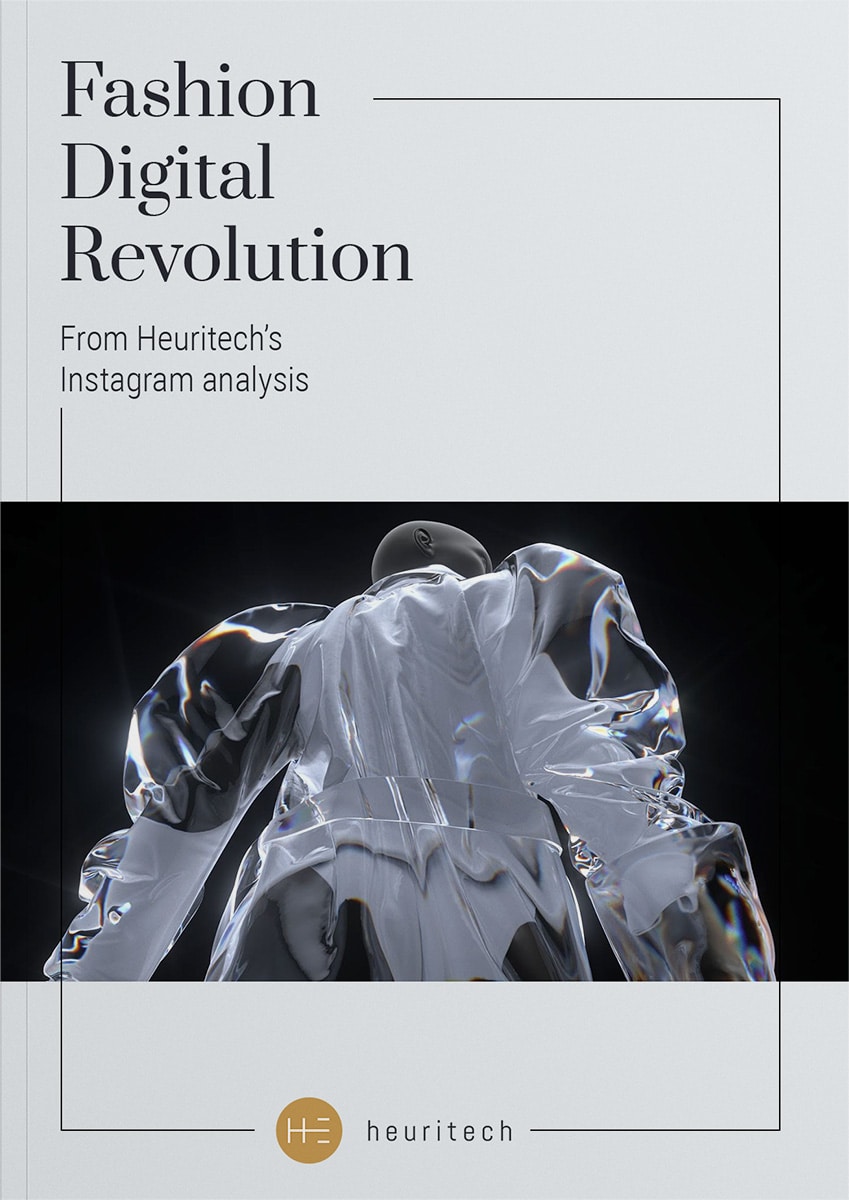
Fashion digital Revolution Report
The report delves into the transformative impact of the Covid-19 pandemic on the fashion industry, highlighting the accelerated shift towards digital solutions. It examines innovative practices in digital photography, catwalks, and campaigns, showcasing how fashion brands are embracing technology to remain relevant. The insights offered serve as practical guidance for brands navigating this new landscape.
Key Takeaways
Adapting Photography to Digital Needs
The pandemic has necessitated a rethink of traditional fashion photography. Brands are leveraging remote photoshoot capabilities and employing online platforms for production. Notable examples include Ubooker, which facilitates remote shoots with models and stylists. Brands like Jacquemus and Zara have creatively engaged models to shoot at home, showcasing a shift towards relatable, influencer-style marketing that resonates with consumers.
Rise of Digital Catwalks
Virtual formats for showcasing collections have emerged, with Instagram becoming a primary channel. Brands like G-Star Raw created "Stay-at-Home Catwalk" events featuring models from their homes, reinforcing engagement while adapting to social distancing. This innovative approach opened avenues for wider audience participation and challenged traditional notions of fashion shows.
Increased Use of Digital Lookbooks
Designers have turned to digital lookbooks to present their collections, exemplified by Steven Tai's use of 360-degree gifs to engage buyers effectively. This method proved successful, generating orders despite the challenges posed by lockdowns. Digital lookbooks represent a cost-effective solution for brands navigating production constraints while marketing their collections.
3D Fashion Revolution
The move to 3D design is gaining momentum, with brands like Carlings leading the charge towards sustainable fashion solutions. Innovations from companies like The Fabricant highlight a transition to fully digital collections, allowing brands to reduce waste while appealing to eco-conscious consumers. This shift is set to redefine production processes in the coming years.
Emergence of Virtual Models
The utilization of virtual models is on the rise, as seen in campaigns by brands like Hanifa, which showcased entirely digital collections on Instagram live. The ability to create models that reflect diverse body types allows for more inclusive representation in fashion marketing. This trend signifies a pivotal moment in the industry where technology meets representation.
Digital Campaigns and Fashion Apps
Brands are increasingly rethinking their marketing strategies through digital campaigns. Selfridges' recent initiative demonstrates how digital art can transform product presentations while linking directly to e-commerce. Fashion apps like Drest have experienced surges in user engagement, indicating a growing interest in interactive and gamified fashion experiences.
Heuritech's Role in the Digital Shift
Heuritech’s predictive analytics provide critical insights into emerging trends, helping fashion brands navigate the digital landscape effectively. The ability to analyze millions of images and recognize key attributes enables brands to optimize their offerings and timing in a rapidly changing market, ensuring they remain competitive.
For detailed insights and comprehensive analysis, download the full report. Stay ahead in the fashion industry by understanding and leveraging the latest digital transformation trends.
Other useful resources on technology:
- Fashion digital transformation trend forecasting
- Creativity and technology: New Balance's approach
- Sustainability, fashion and AI